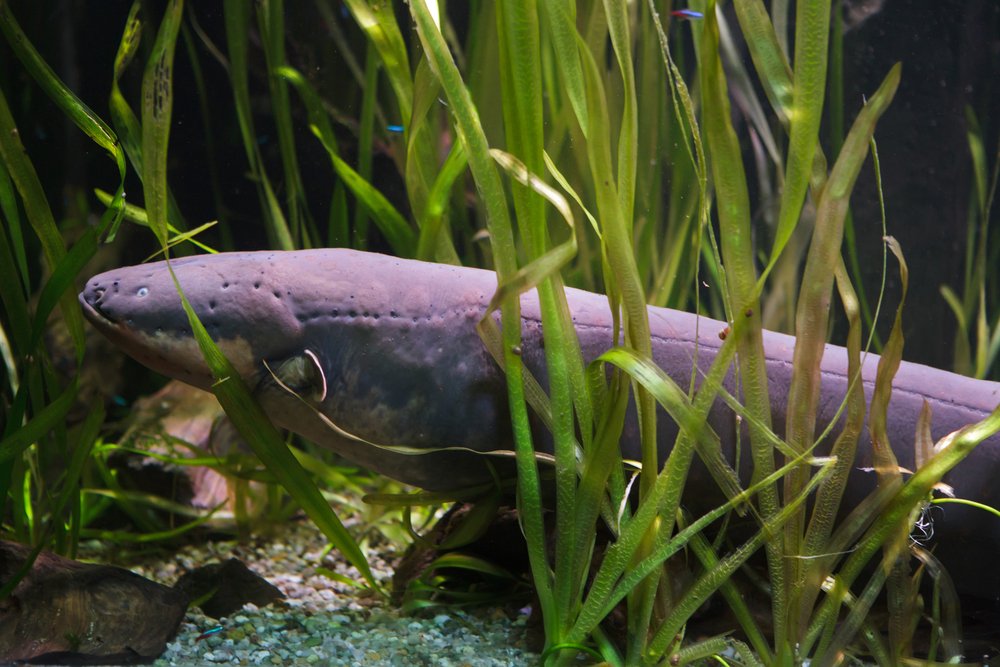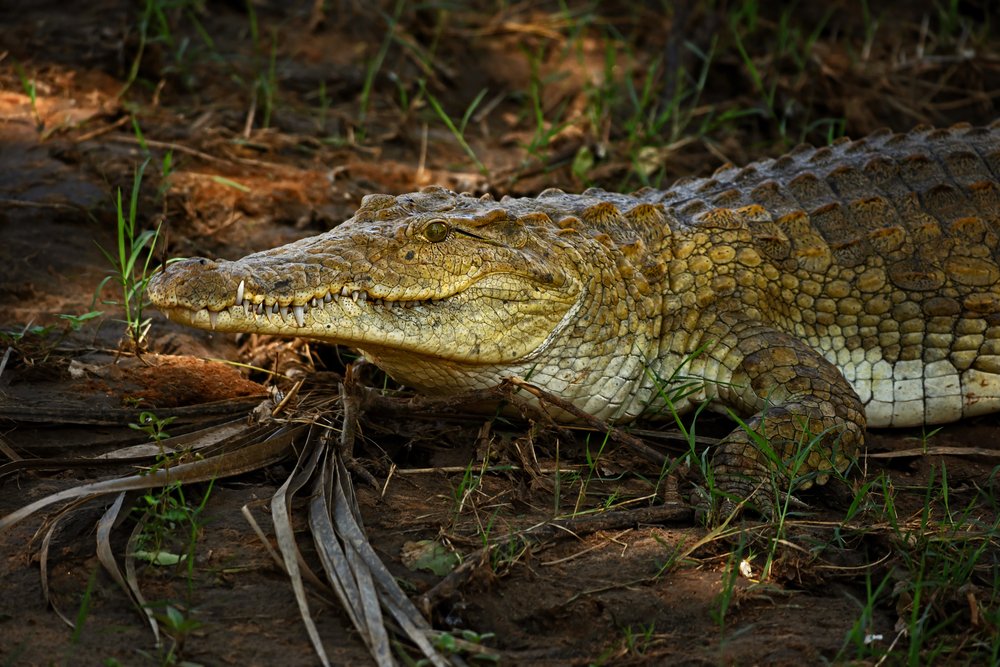In the animal kingdom, survival often hinges on the ability to adapt to ever-changing environments. From camouflage to specialized metabolism, a variety of fascinating adaptations help animals thrive in diverse conditions across the planet. These adaptations are often the result of remarkable genetic modifications, demonstrating the power of evolution and natural selection. Let’s explore nine captivating animal adaptations and the genes that underpin these extraordinary survival strategies.
Chameleons

Chameleons are known for their incredible ability to change color, providing both camouflage from predators and a form of communication with other chameleons. This ability is largely controlled by a family of genes that influence the distribution of different pigments in their skin’s chromatophores. These pigment cells, including xanthophores and iridophores, expand and contract under neural control to achieve the wide palette of colors we associate with chameleons.
Octopuses

The octopus is renowned for its intelligence and problem-solving abilities, owed in part to an impressive genetic repertoire. The genes linked to their nervous system development are similar to those found in more complex vertebrates, suggesting a convergent evolution towards higher cognitive functions. They also possess unique adaptations such as rapid color change and texture alteration for camouflage, controlled by neural inputs to chromatophores and skin texture elements called papillae.
Tardigrades

Tardigrades, also known as water bears, can survive extreme conditions that would be fatal to most life forms, including intense radiation, desiccation, and extreme temperatures. This resilience is linked to genes that regulate unique proteins such as Dsup, which shields their DNA from radiation damage. Additionally, they produce trehalose, a sugar that forms a glass-like state, helping them endure prolonged desiccation.
Arctic Foxes

Arctic foxes are well adapted to their frigid environments, equipped with genes that code for dense, multilayered fur and compact bodies to minimize heat loss. These key adaptations are controlled by genes that regulate the growth and density of their fur, providing both insulation and camouflage against the snowy landscape. Additionally, they possess specialized genes for a metabolism that reduces energy expenditure, allowing survival with limited food sources.
Naked Mole Rats

Naked mole rats exhibit an extraordinary resistance to cancer and have a long lifespan relative to their size. This is partly attributed to the gene responsible for producing a complex sugar called hyaluronan, which aids in tissue elasticity and cancer resistance. Additionally, their cells exhibit unique properties in response to low oxygen levels, managed by adjustments in gene expression affecting cellular metabolism and growth.
Electric Eels

Electric eels possess the ability to generate powerful electric discharges, a remarkable adaptation for hunting and defense. This adaptation is facilitated by specialized cells called electrocytes, which function similarly to batteries. Genes encoding ion channels and proteins that control ion flow across electrocyte membranes are crucial to this adaptation, allowing the eel to produce and control electric fields.
Wood Frogs

Wood frogs have a unique adaptation that allows them to survive freezing temperatures by entering a state of suspended animation. During this time, the frog’s heart stops, and it relies on glucose and other cryoprotectants to prevent ice crystal formation in cells. Genes that regulate the production of these cryoprotectants and modulate metabolic pathways play a key role in this process, safeguarding their tissues during winter.
Crocodilians

Crocodilians have adapted extraordinarily well as apex predators with a stealthy, ambush-based hunting strategy in aquatic environments. They possess genes that regulate the formation of dermal pressure sensors distributed over their skin, enabling them to detect minute vibrations in water. Furthermore, they have highly efficient cardiovascular and respiratory systems optimized by genetic adaptations that support extended periods underwater.
Giraffes

Giraffes’ long necks are an iconic adaptation, allowing them to reach leaves high in trees. Genetic studies suggest this adaptation is supported by genes involved in regulating vertebral development, growth hormone pathways, and unique cardiovascular adaptations to support blood flow against gravity. These genetic factors work together to shape the giraffe’s body in ways conducive to their herbivorous diet and social behaviors.
The Genetic Blueprint of Adaptation

These animal adaptations showcase the incredible diversity of life and the innovative strategies that have emerged through millions of years of evolution. The genetic underpinnings behind these adaptations provide a deeper understanding of how organisms evolve to meet ecological challenges. Continuing to investigate the genetics behind such adaptations not only illuminates the mechanisms of life but also guides us towards potential applications in biotechnology and conservation.

Esther is from India; the heartbeat of South Asia, holding a Master’s degree in Zoology and a postgraduate diploma in Animal Welfare. Her enthusiasm for animal welfare drives her passion and dedication to working for animals, ensuring their well-being, and advocating for their rights. With a solid academic background and hands-on experience, she is committed to making a positive impact in the field of animal welfare. In her free time, she enjoys embroidery and sewing. As a Chennaite from Tamil Nadu, Esther loves Bharathanatyam, an Indian classical dance form.



